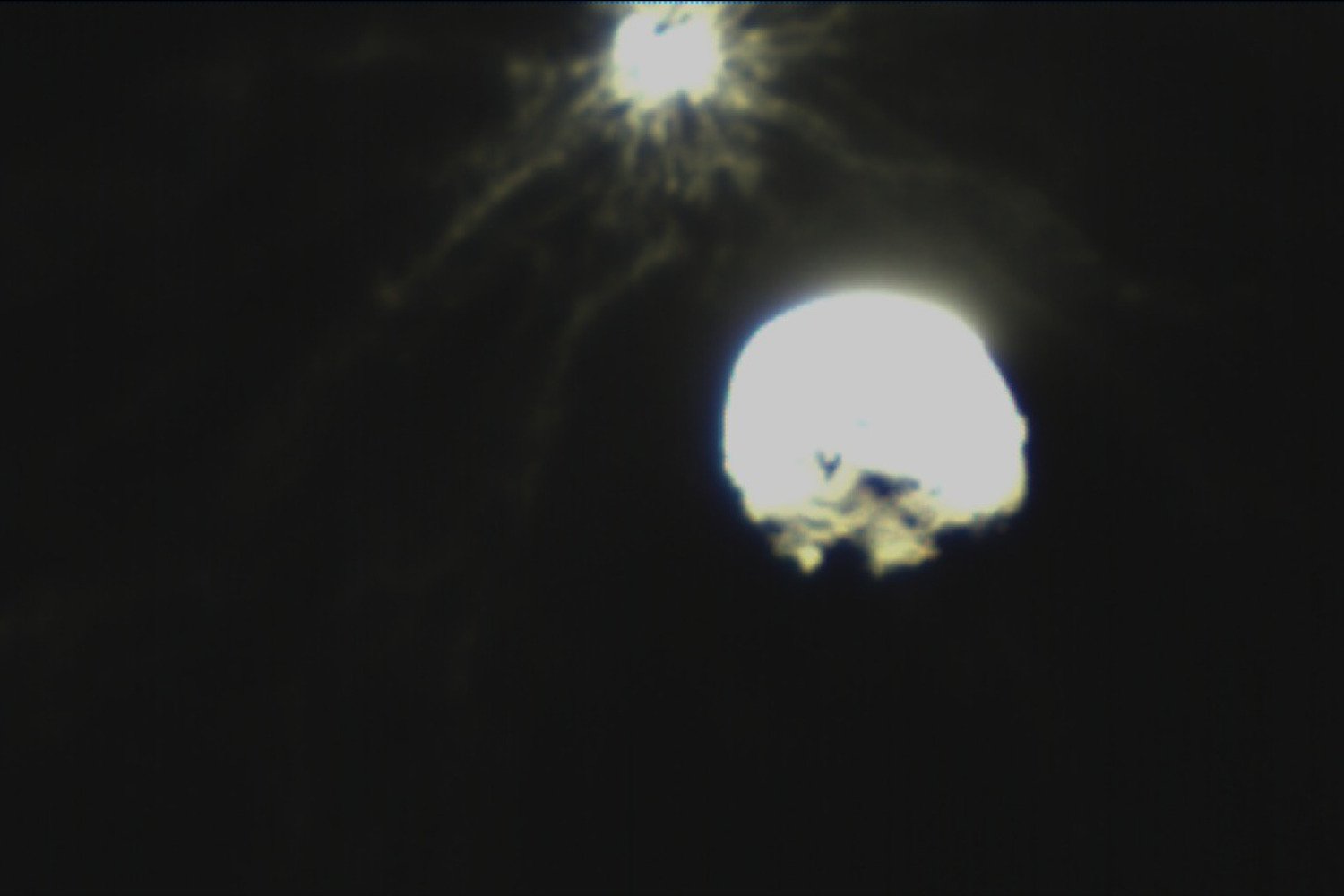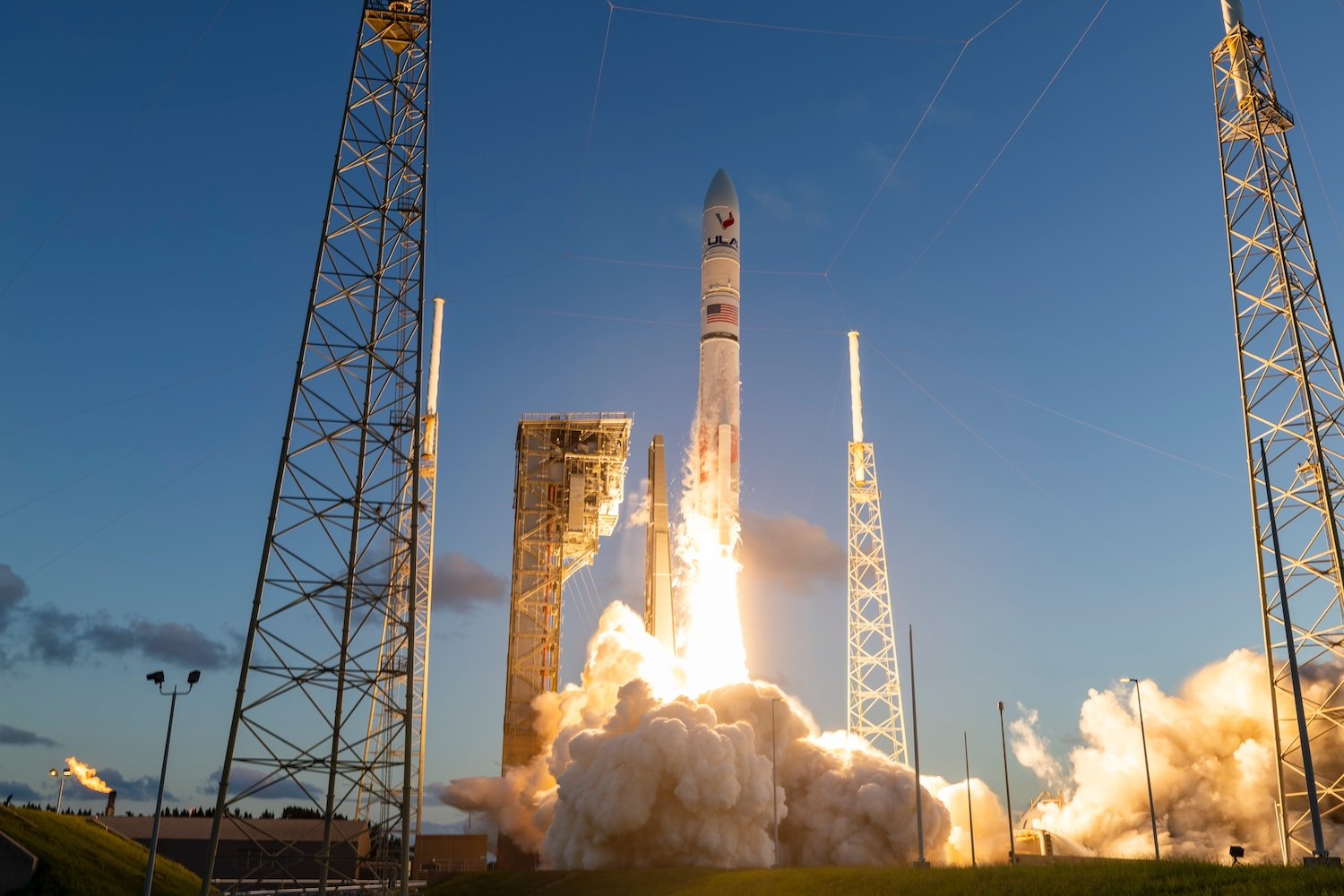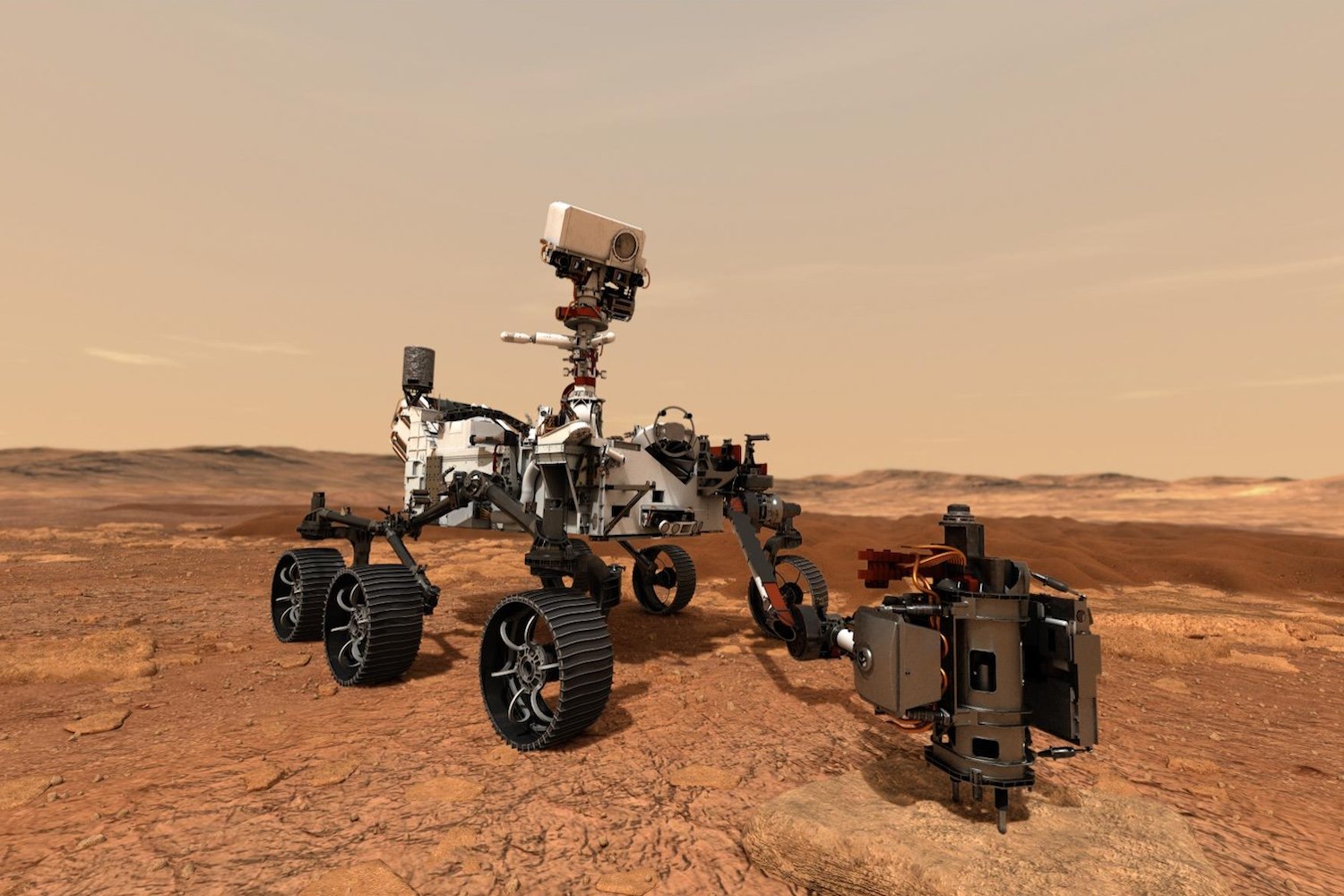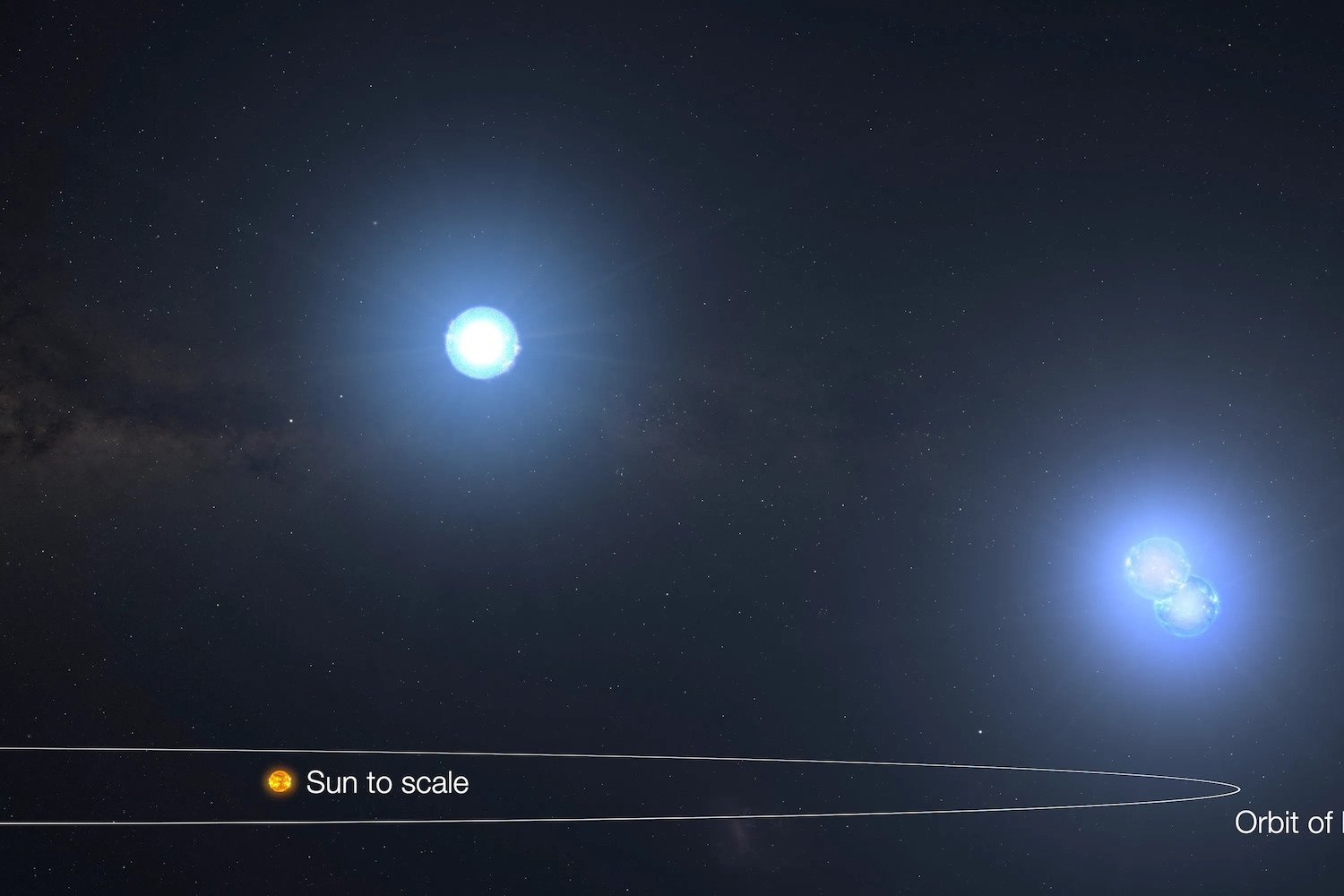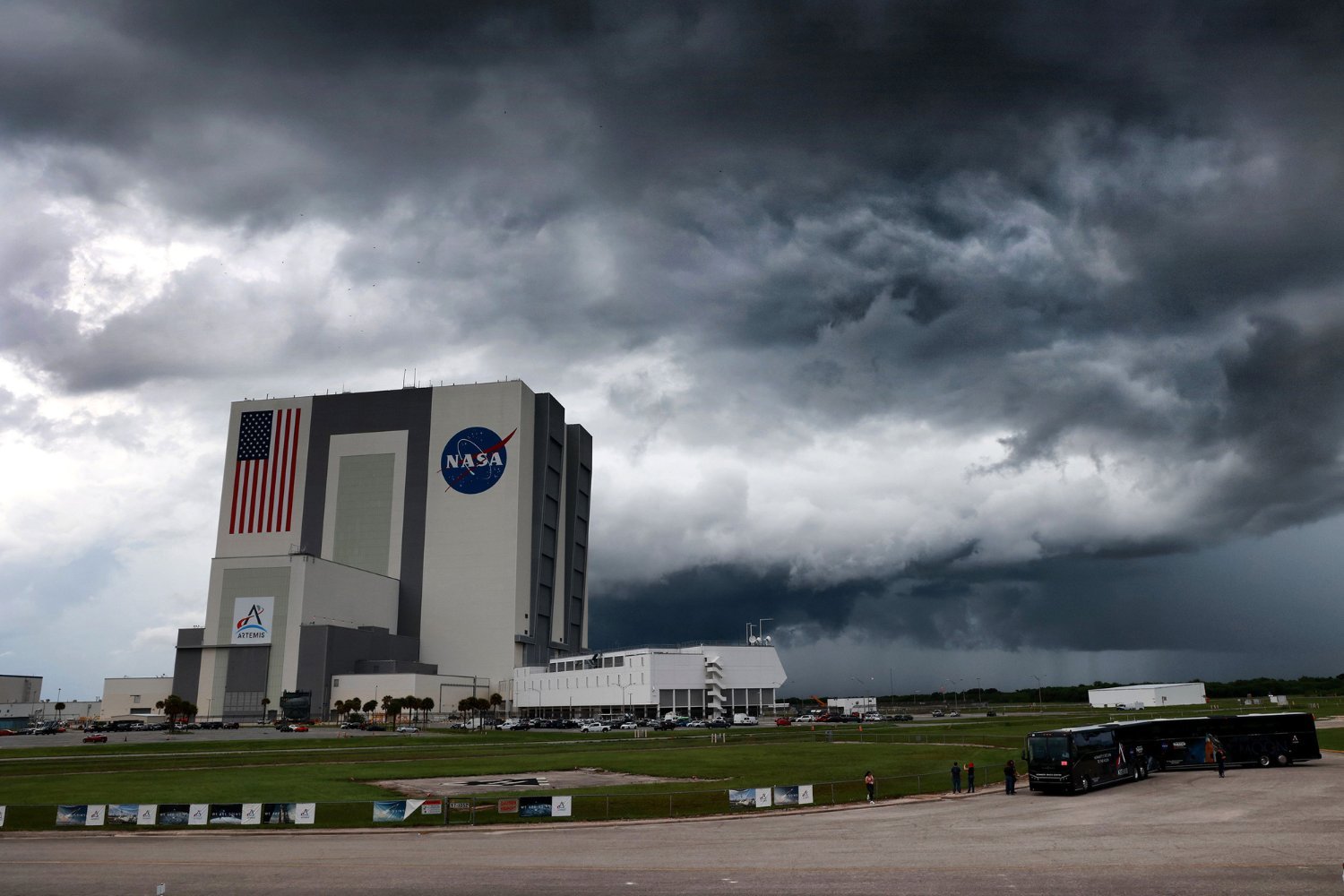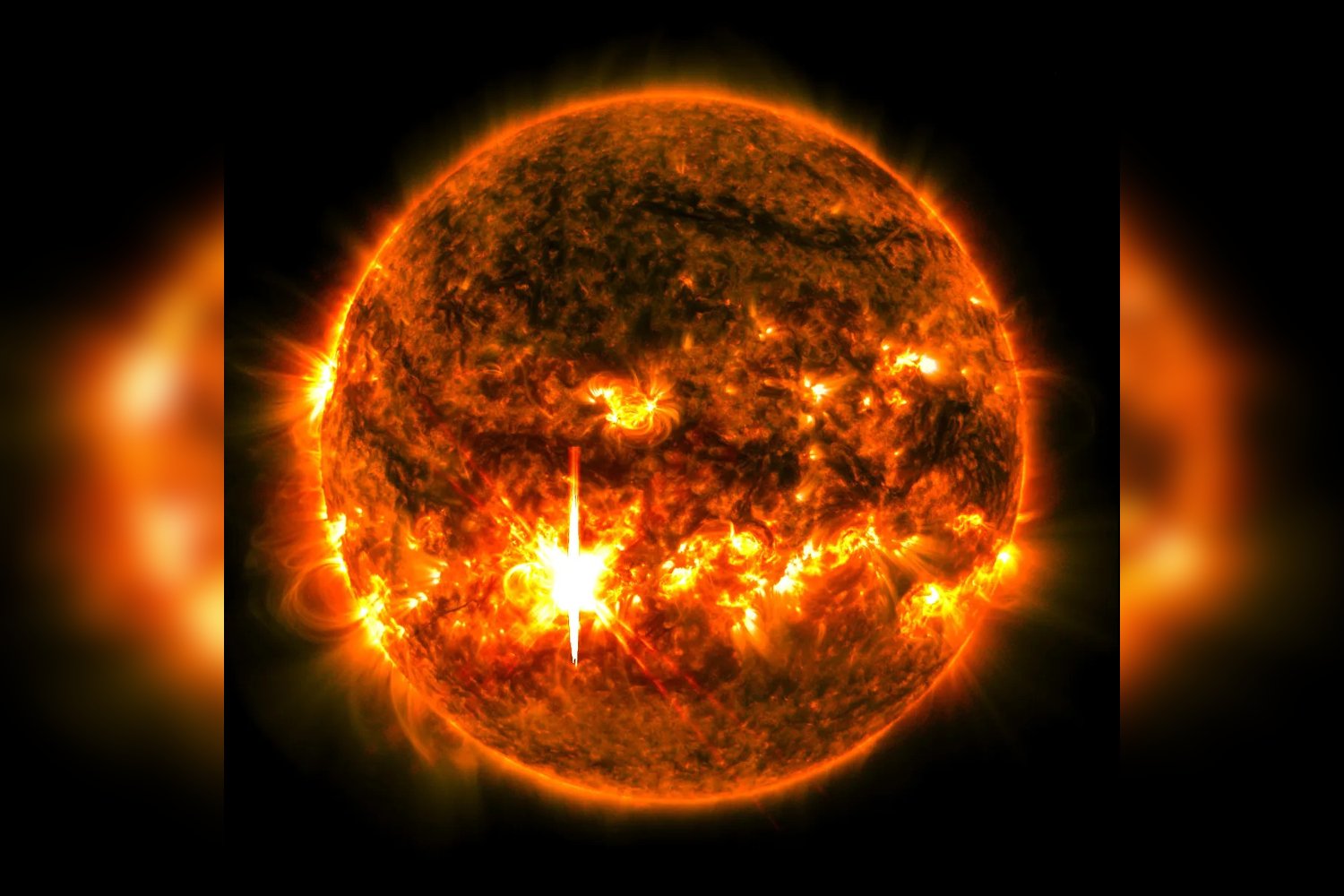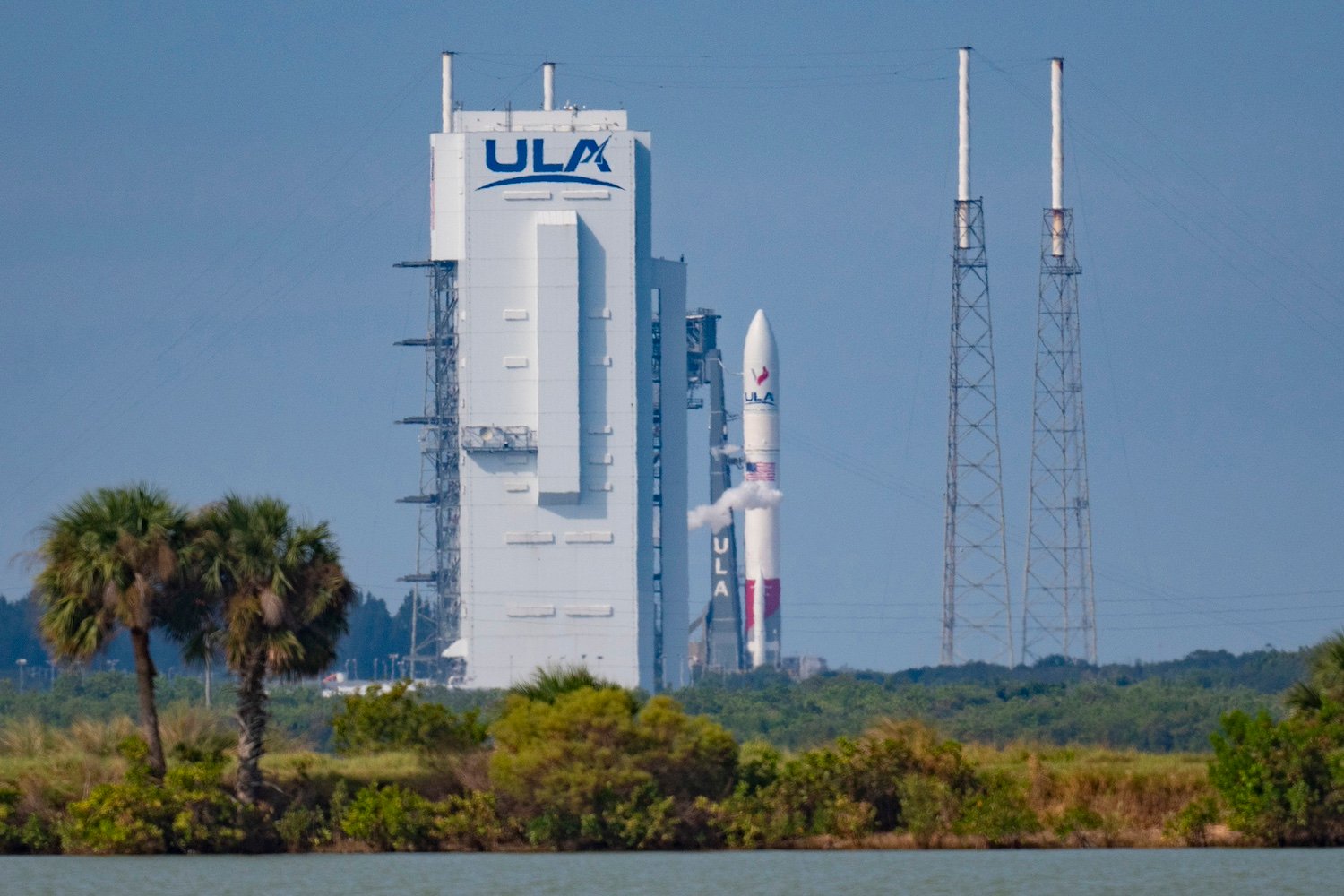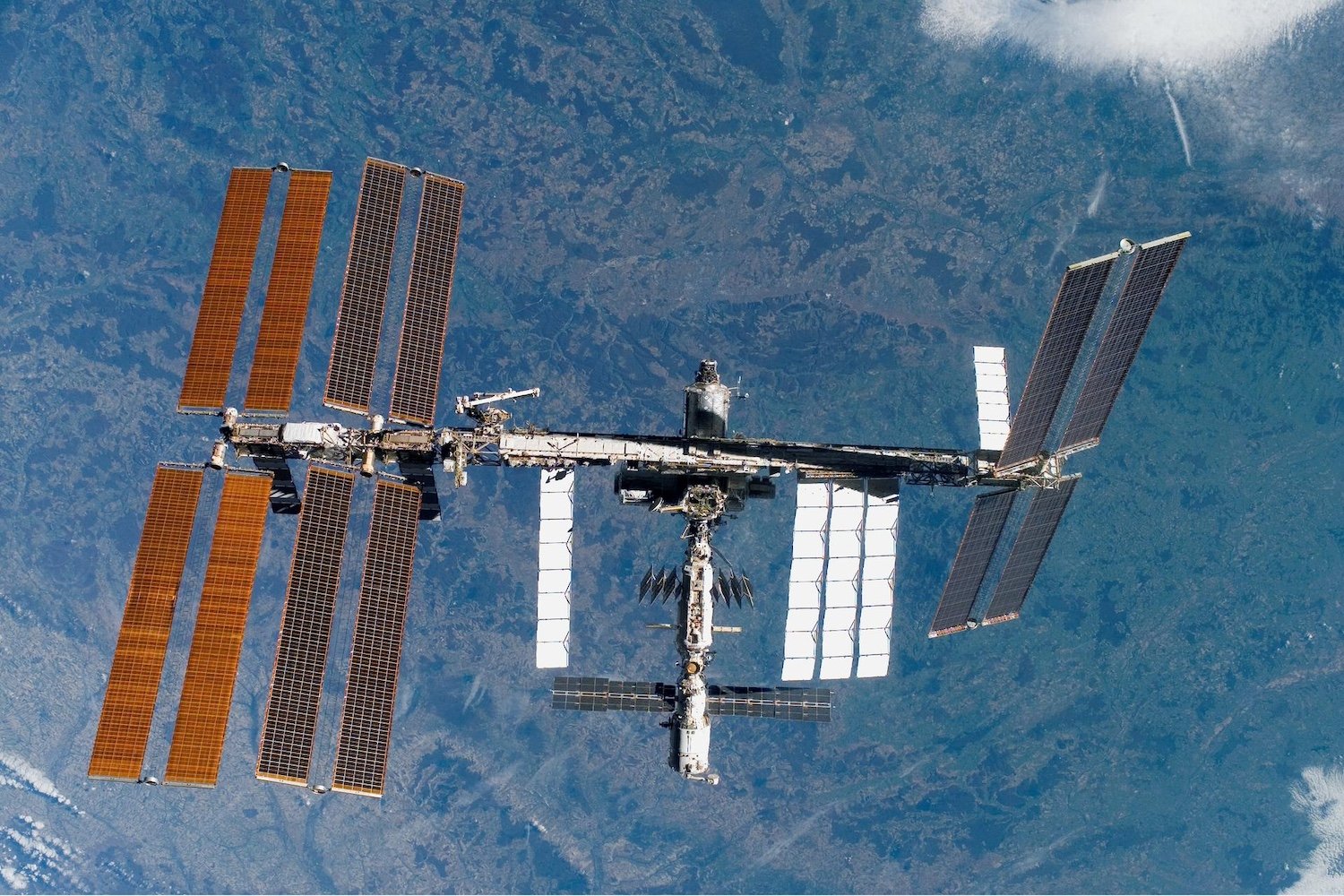The European Space Agency (ESA) launched its Hera mission on October 23, 2024, marking a significant step in planetary defense research. This mission follows NASA’s groundbreaking DART (Double Asteroid Redirection Test) mission, which successfully impacted the asteroid Dimorphos in September 2022. Hera aims to provide a close-up look at the impact crater and gather crucial data about the asteroid’s composition and altered trajectory.
The Falcon 9 rocket carrying Hera lifted off from Cape Canaveral Space Force Station at 10:52 a.m. ET, overcoming weather challenges and a recent Falcon 9 anomaly that had grounded other missions. The FAA authorized the launch specifically for Hera after a thorough review. Hera is now en route to the Didymos binary asteroid system, where it will rendezvous with Dimorphos in 2026.
DART’s Impact and the Need for Hera
NASA’s DART mission dramatically demonstrated the potential of kinetic impactors for deflecting asteroids. The 1,340-pound DART spacecraft collided with Dimorphos, the 558-foot-wide moonlet orbiting the larger 2,625-foot-wide asteroid Didymos. Ground-based observations confirmed a change in Dimorphos’s orbital period, shortening it by approximately 32 minutes.
While DART’s success was a pivotal moment for planetary defense, ground-based telescopes have limitations in accurately measuring the impact’s full effects. Hera will address this by providing detailed, in-situ measurements of Dimorphos’s mass, its precise orbital shift, and the characteristics of the impact crater. This data is crucial for refining asteroid deflection models and transforming a one-time experiment into a reliable planetary defense strategy.
Hera’s Mission Objectives
Hera’s primary objective is to conduct a comprehensive post-impact survey of Dimorphos. This includes:
- Precisely measuring Dimorphos’s mass: This information is essential for understanding the momentum transfer during the impact and improving future deflection calculations.
- Determining the exact change in Dimorphos’s orbit: Hera’s measurements will be significantly more accurate than ground-based observations, providing valuable validation for deflection models.
- Characterizing the impact crater: Analyzing the crater’s size, shape, and ejecta distribution will offer insights into the asteroid’s internal structure and the impact’s mechanics.
- Studying the binary asteroid system: Didymos and Dimorphos represent a common type of asteroid system, yet they’ve never been studied up close. Hera will provide valuable data on their formation and dynamics.
Hera’s Instruments and Cubesats
Hera is equipped with a suite of scientific instruments, including cameras, a lidar system for 3D mapping, a thermal infrared imager, and a hyperspectral imager. These instruments will provide detailed information about the asteroid’s surface composition, internal structure, and the impact’s effects.
Hera will also deploy two cubesats, Milani and Juventas, which will conduct further investigations of the Didymos system. Milani will analyze the dust ejected from the impact, while Juventas will perform radar soundings to probe the asteroid’s interior.
Significance for Planetary Defense
The Hera mission is a vital next step in developing effective planetary defense strategies. By providing a detailed understanding of DART’s impact, Hera will help refine asteroid deflection techniques and prepare us for potential future threats. Furthermore, the study of the Didymos binary system will contribute to our broader understanding of asteroid formation and evolution.
Hera’s findings will be crucial for developing robust planetary defense strategies and ensuring Earth’s safety from potential asteroid impacts. The mission exemplifies international collaboration in space exploration and underscores the importance of scientific advancement in protecting our planet.



